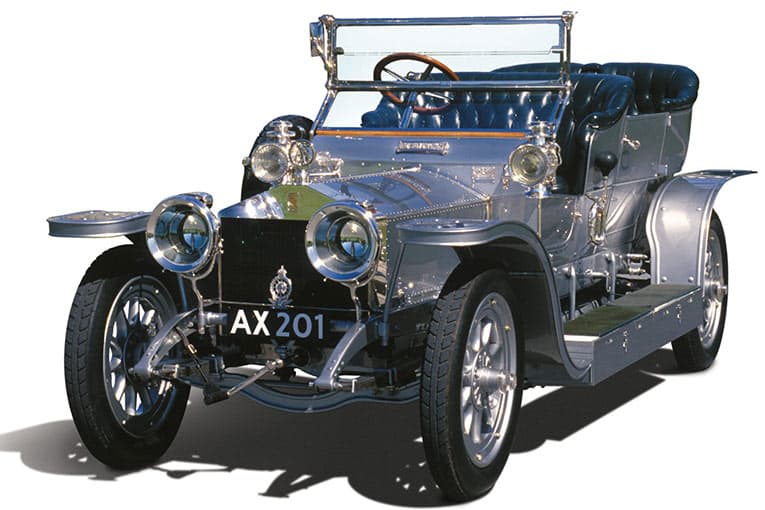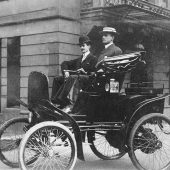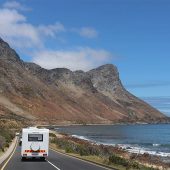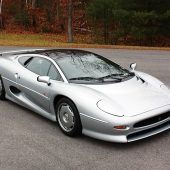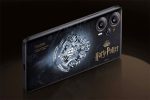Before manufacturing his own car, Henry Royce owned a second-hand, 10hp two-cylinder French Decauville. The little car’s standard of construction and workmanship was not good and Royce wanted to improve its unreliable electrical system, general rough running and vibration that was the norm for vehicles of the time. Based on the Decauville, Henry Royce built three prototype models, which were named Royce 10.
Royce decided that he would build his own car using the basic design of the Decauville. Only the best materials were used. The two-cylinder engine of nearly 2.0 litres had overhead inlet and side exhaust valves, a layout to be repeated in Rolls-Royce design many years later. The drive was via a cone clutch and a three-speed gearbox to a live rear axle. Suspension was half elliptic front and rear. The brakes operated only at the rear, the foot-brake working on the propeller shaft and the hand-brake on internal expanding drums.
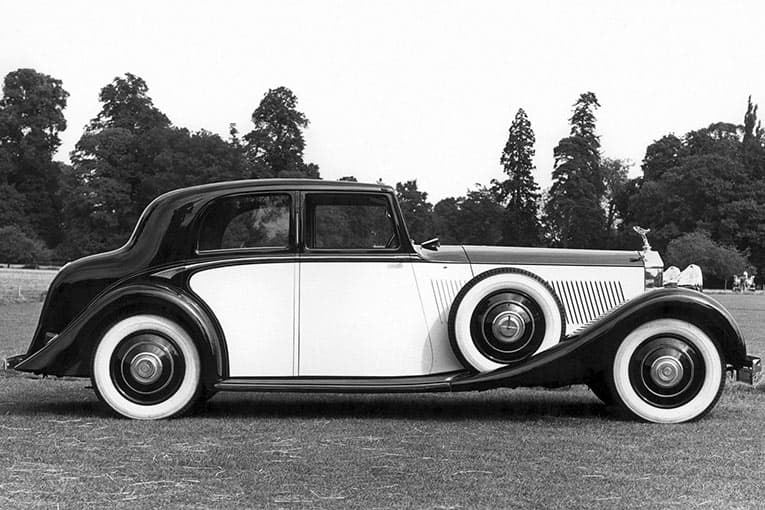
On the 1st April 1904, Henry Royce left the factory for the first test run. He was so pleased that he drove all the way to Knutsford, 15 miles away, arriving without mishap. Royce went on to make two more of these cars, each having many improvements, but basically to the same design. Royce’s partner, Ernest Claremont, had the second car and his friend and fellow director Henry Edmunds, the third.
Edmunds was a motoring enthusiast. He boasted of his wonderful car to another friend, Claude Johnson, who passed on the news to Charles Rolls. Rolls travelled to Manchester with Edmunds and within minutes of seeing the little 10hp Royce car, knew he had found gold. Rolls agreed to sell all the cars that Royce could build. The famous radiator shape was devised and shortly afterwards the badge of entwined first letters from each man’s surname.
The Rolls-Royce 10 hp model had a two-cylinder engine with a displacement of 1,995cc. The power output was an estimated 12bhp at 1,000rpm. Top speed was 39mph with high axle ratio. Rolls-Royce delivered only a rolling chassis and the bodywork had to be ordered from a separate coachbuilder. Just 10 cars were built before the production ended in 1906, when Rolls-Royce moved on to use bigger engines.
